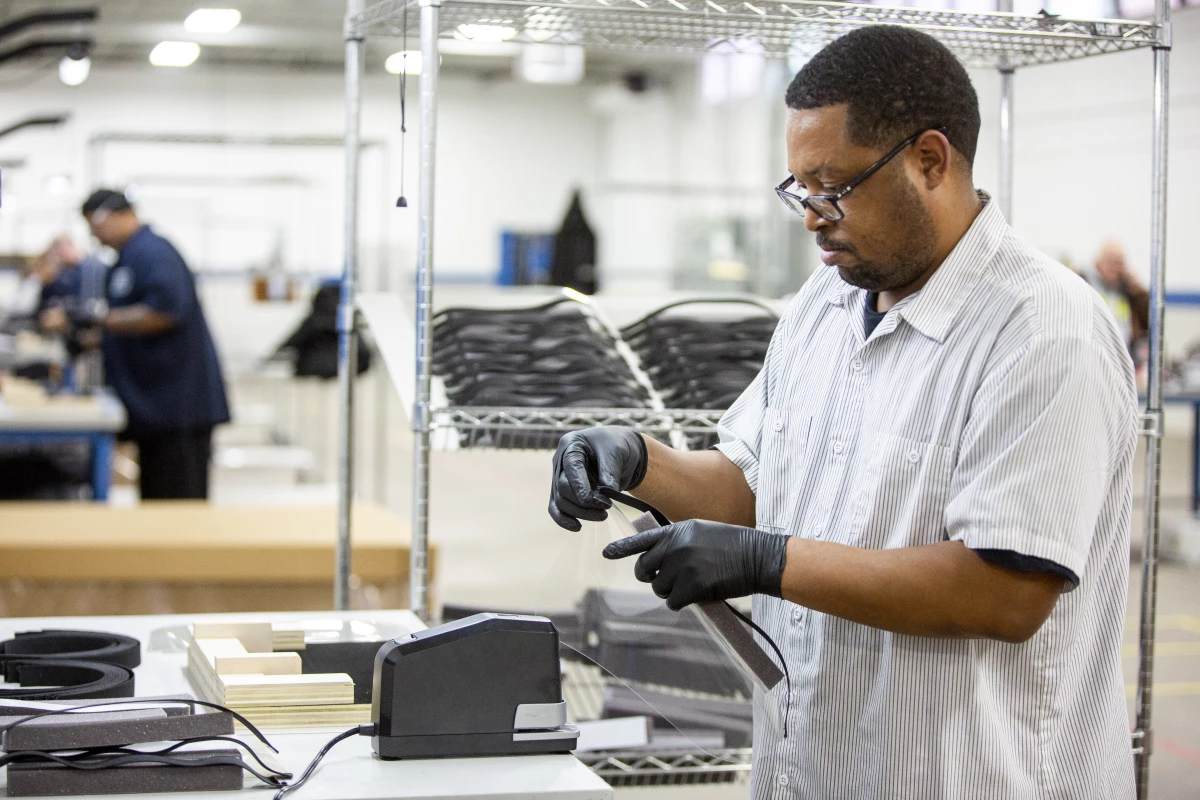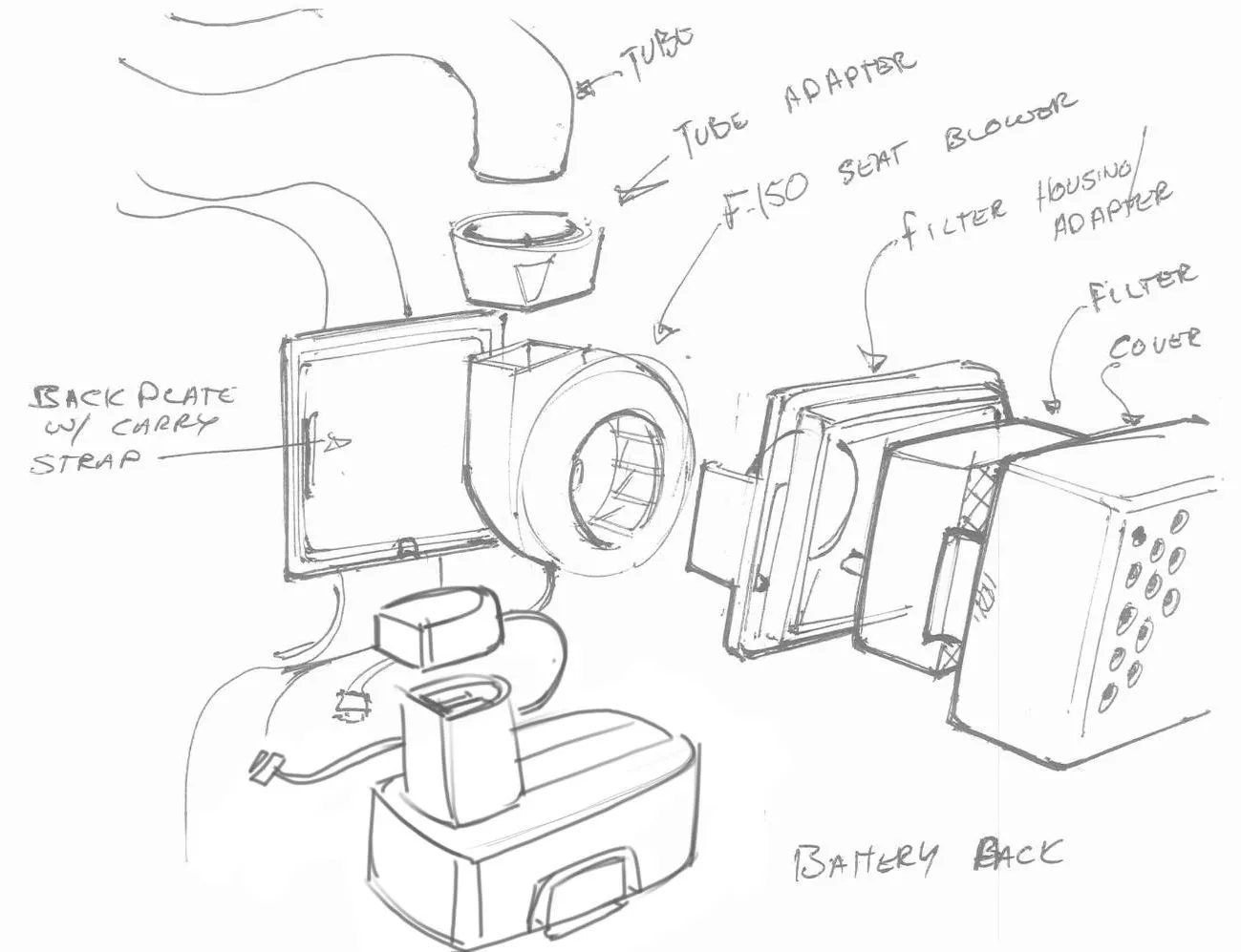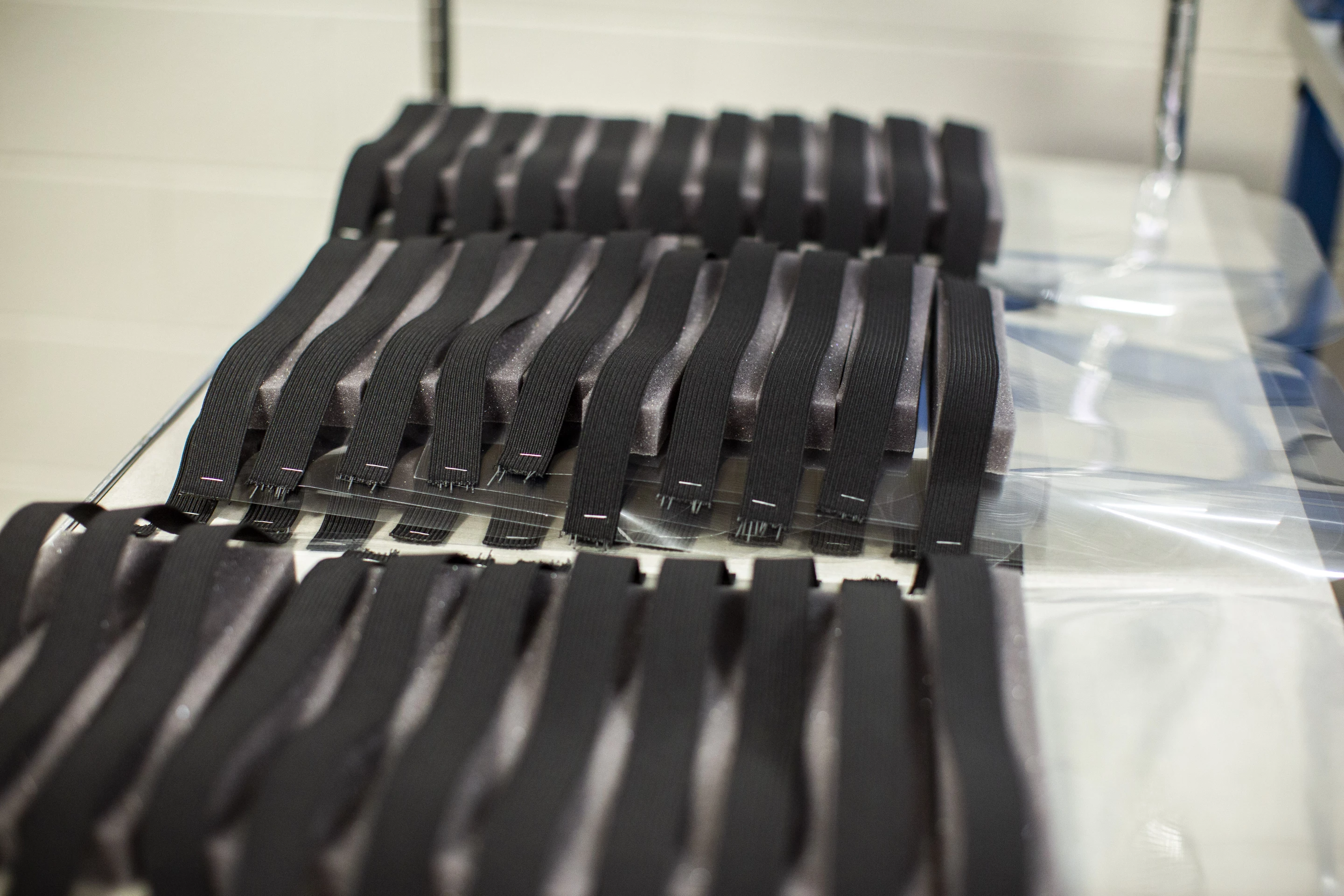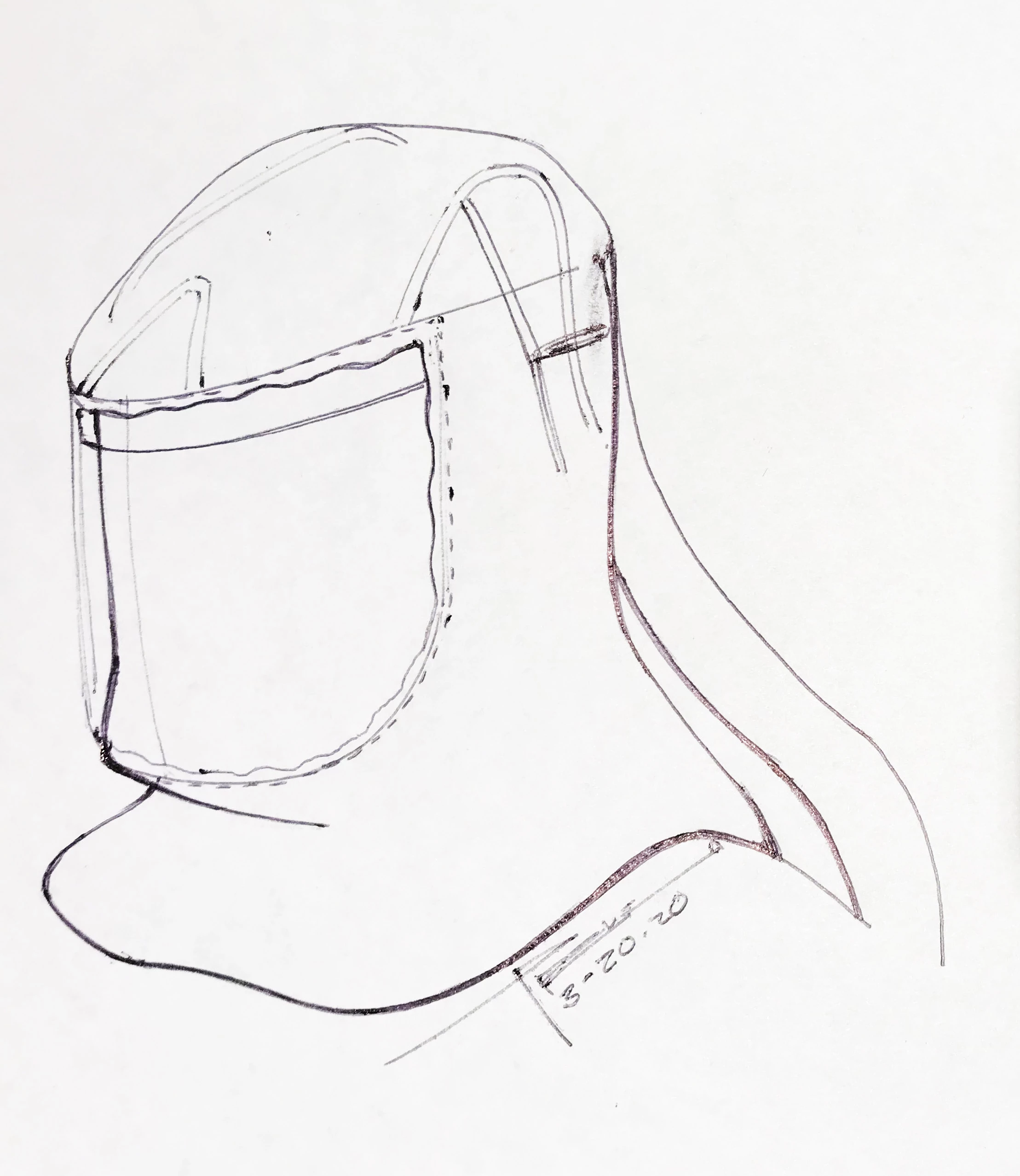With auto production at a virtual standstill throughout North America, automakers are repurposing their vast manufacturing resources toward helping fill the shortage of medical supplies around the continent. Ford is partnering with 3M and GE Healthcare to rapidly up the production of respiratory equipment, creating parts and new designs with 3D printing and off-the-shelf auto components like F-150 seat-cooling hardware.
Ford and 3M are working together to quickly increase production capacity of powered air-purifying respirators (PAPRs), with engineers from both companies actively collaborating on a new-generation PAPR that can be manufactured efficiently with available components. Both 3M and Ford have mined their warehouses for useful parts, using 3M HEPA filters and portable tool batteries, in addition to Ford F-150 seat-cooling components, to piece together the new design. If successful, Ford could handle manufacturing of the new respirator at one of its Michigan facilities, increasing 3M's production capacity as much as tenfold.
"We have empowered our teams of engineers and designers to be scrappy and creative to quickly help scale up production of this vital equipment," says Jim Hackett, Ford president and CEO.
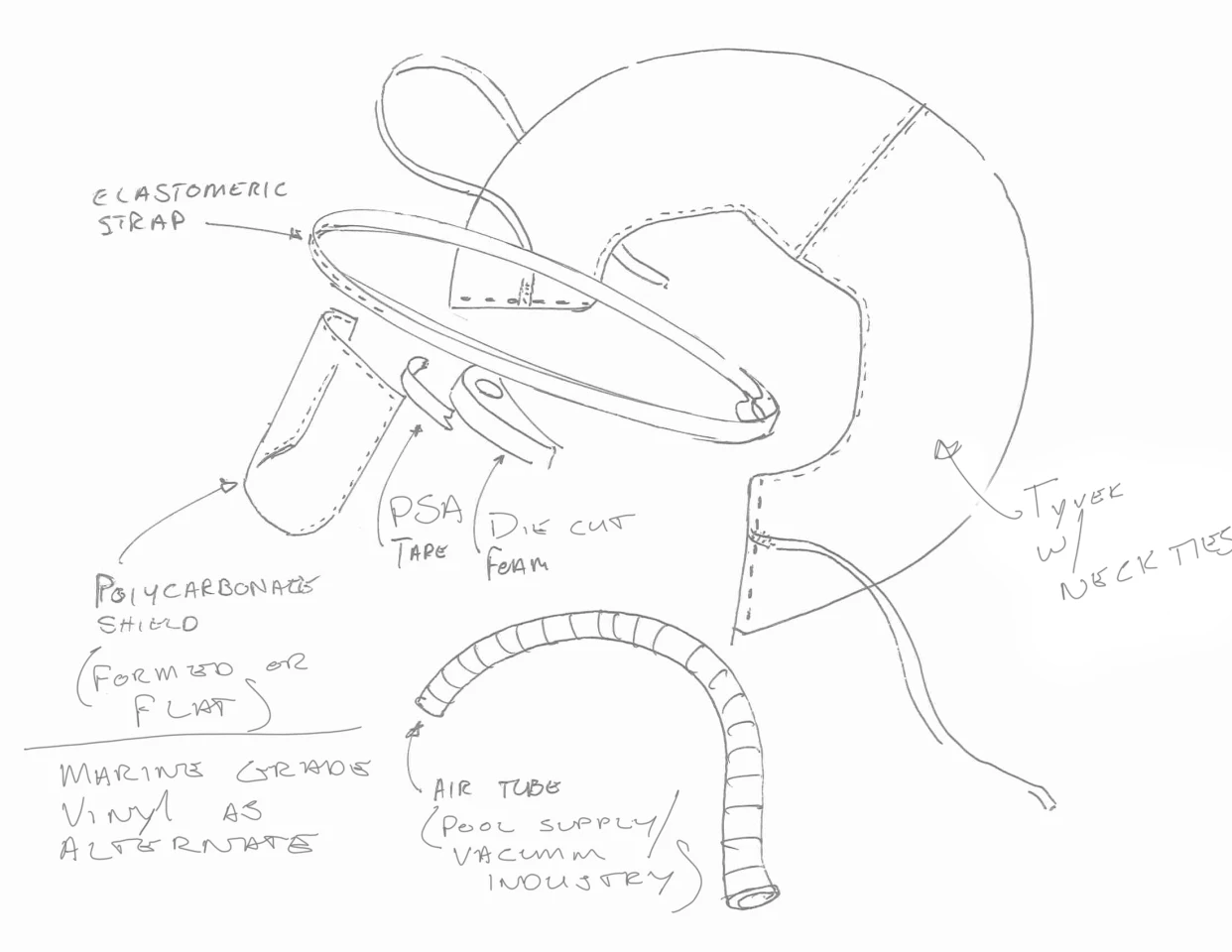
3M's traditional powered respirators rely on a waist-mounted, battery-powered blower system to circulate clean, filtered air into a hood, protecting the wearer from airborne contaminants. The COVID-19 pandemic has resulted in a skyrocketing demand for these PAPRs from the likes of first responders and healthcare workers, leaving 3M to look outside company walls to meet the ballooning need.
"We’re exploring all available opportunities to further expand 3M’s capacity and get healthcare supplies as quickly as possible to where they’re needed most, which includes partnering with other great companies like Ford," says Mike Roman, 3M chairman of the board and CEO.
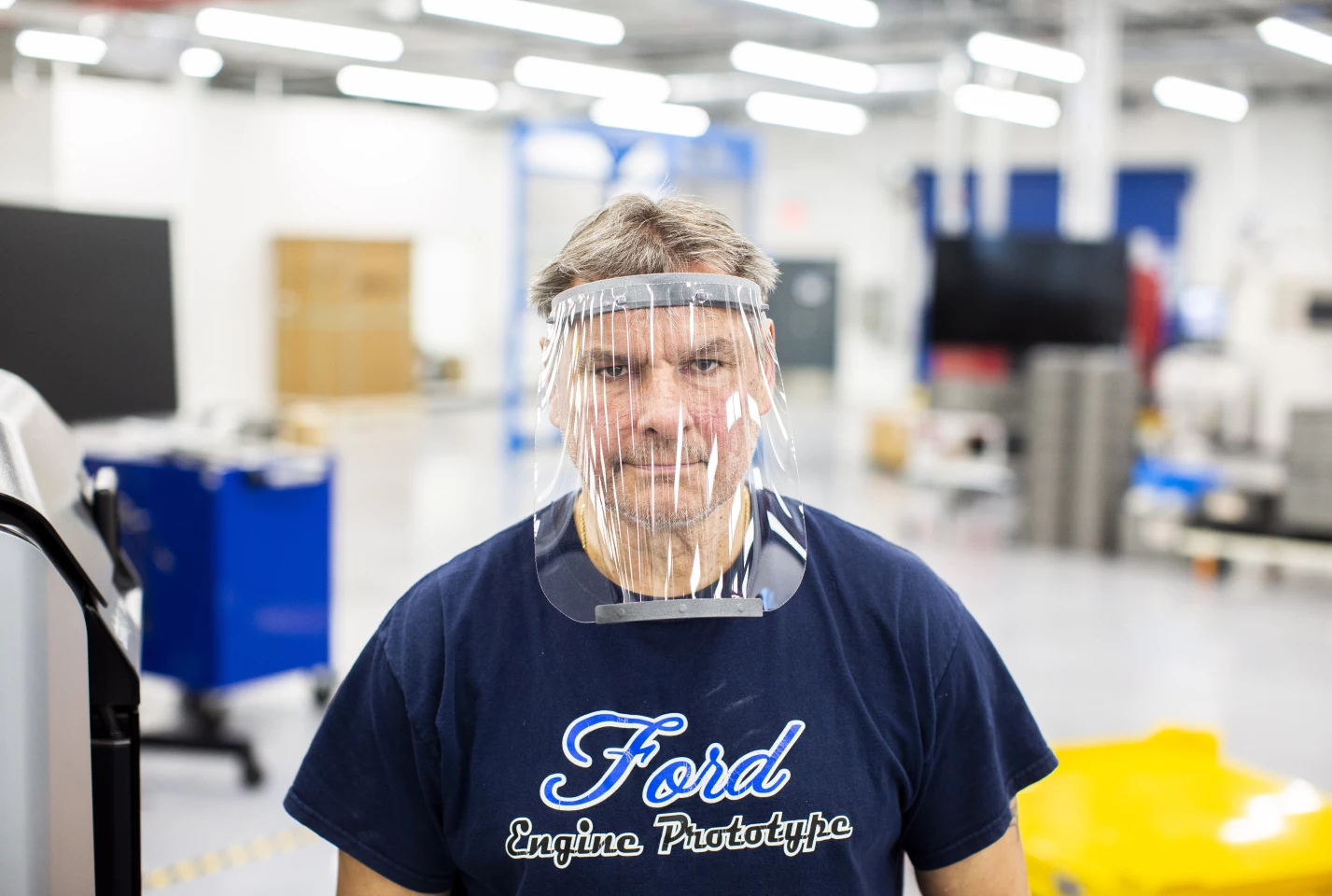
3M says that it has already doubled its global output of N95 respirators, producing them at a rate of nearly 100 million per month. Of the 35 million it's making each month in the US, 90 percent are earmarked for healthcare workers, with the other 10 percent going to other critical industries, including food supply, energy and pharmaceuticals.
Ford is also in the process of building and testing protective face shields. Designed to be used by healthcare professionals in conjunction with N95 respirators, the transparent shields protect the eyes and face from contact with liquids. More than 1,000 of the face shields will be put into testing at Detroit-area hospitals this week, and Ford plans to ramp up manufacturing to 100,000 per week.
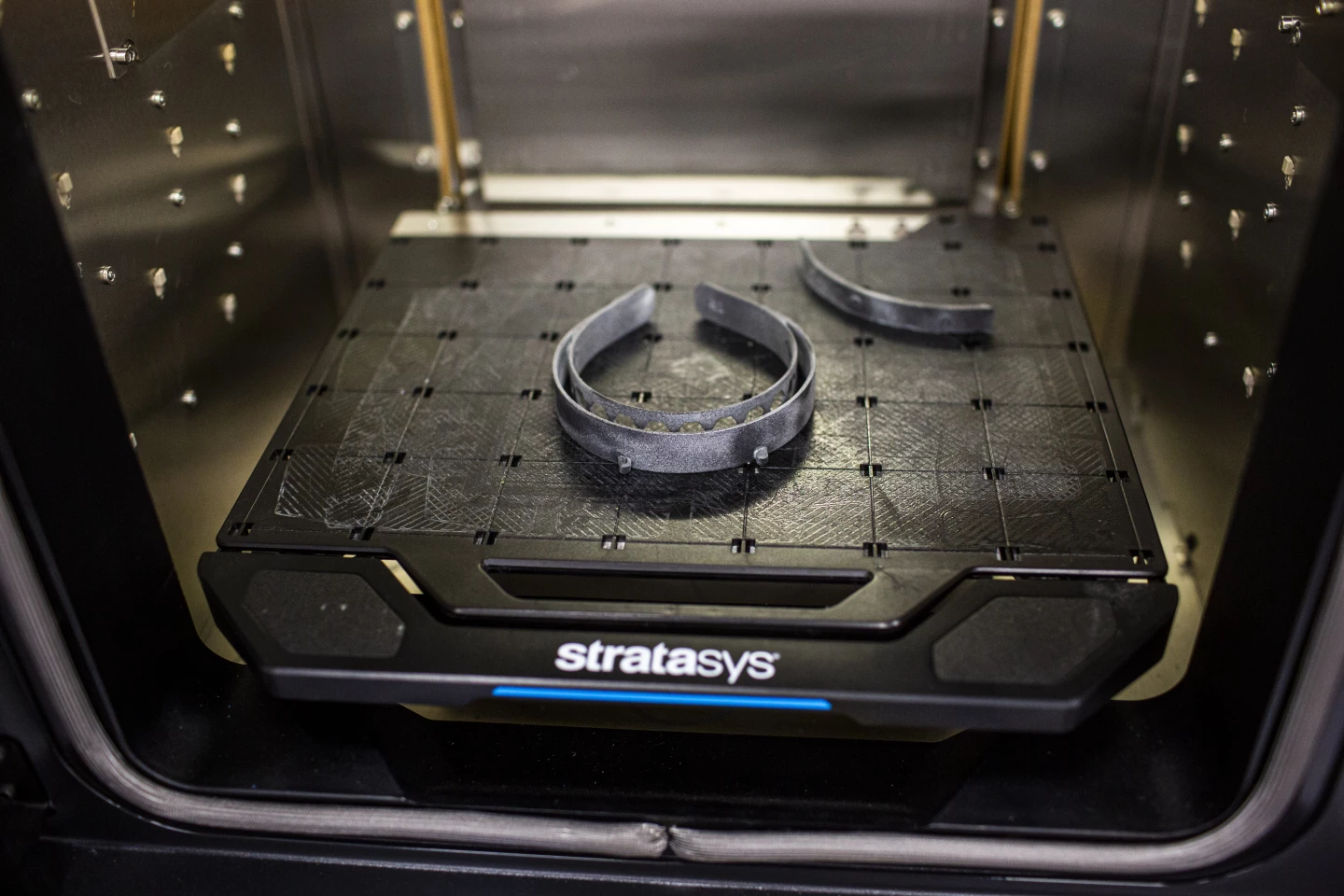
Ford is also cooperating with GE Healthcare on building a simplified version of the company's ventilators, used to support patients with respiratory failure or difficulty breathing. Finally, it is using the 3D-printing capabilities of its Advanced Manufacturing Center to create components and subassemblies of other personal protective equipment.
Ford is not the only American Big 3 automaker involved in such work. Both General Motors and Fiat Chrysler announced their own efforts this week. FCA is preparing its plants to begin manufacturing and donating protective face masks at a rate of one million per month. The masks will go to police, EMTs, firefighters, and hospital and clinic workers in the US, Canada and Mexico. Meanwhile, GM is working with Ventec Life Systems to scale up the production of the company's ventilators.
